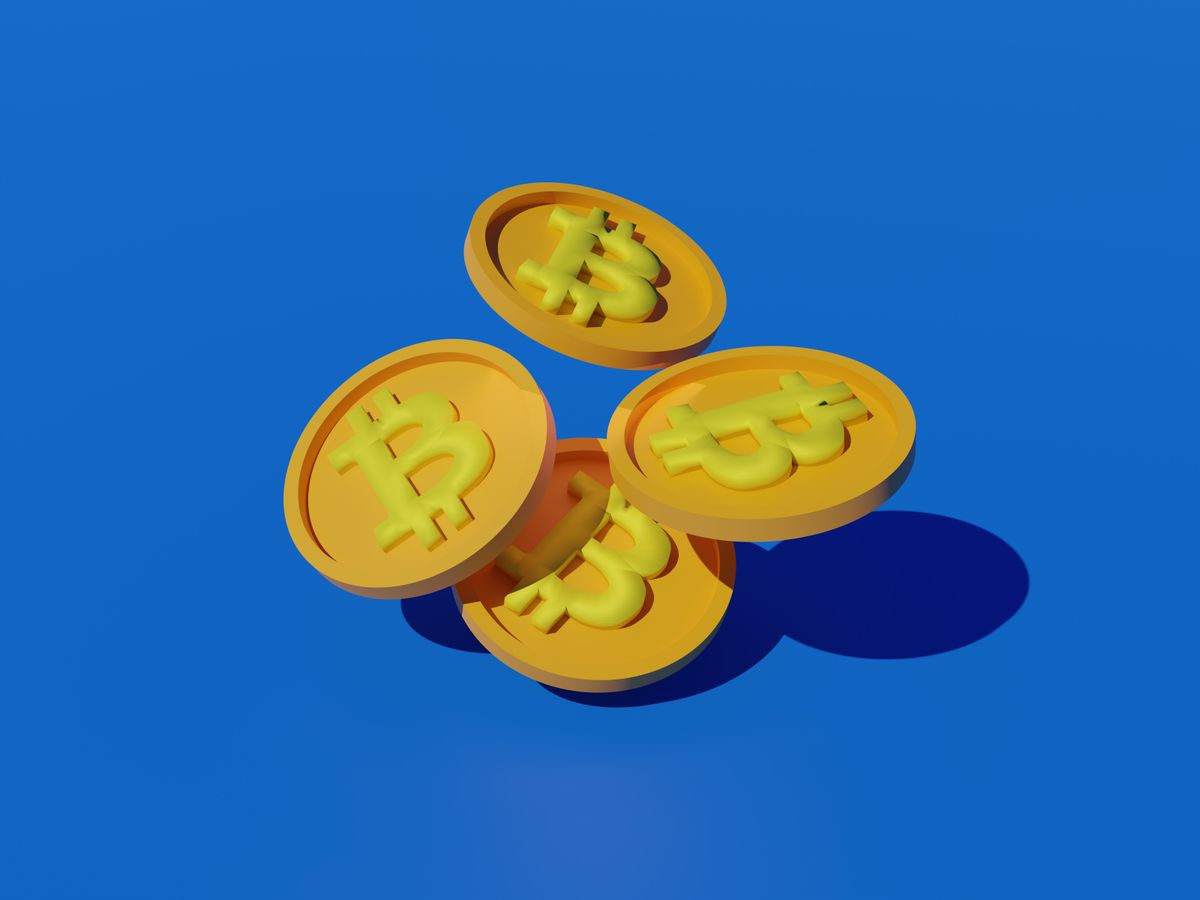
Launched on 21 January 2023 by Bitcoin Core contributor and software engineer Casey Rodarmor, the new Ordinals protocol built on the Bitcoin mainnet allows digital media to be inscribed on the Bitcoin blockchain, effectively allowing for NFTs on Bitcoin. These Bitcoin NFTs have caused quite a stir in the crypto community, but even more so among the Bitcoin community.
Inscriptions are finally ready for Bitcoin mainnet.
— Casey Rodarmor (@rodarmor) January 20, 2023
Inscriptions are like NFTs, but are true digital artifacts: decentralized, immutable, always on-chain, and native to Bitcoin. 🧵https://t.co/a4dK7zdITS
Over 120,000 Ordinals have been inscribed (minted) on the Bitcoin blockchain to date, according to Dune Analytics data. Ordinals hit an all-time high on February 9 for the number of mints at over 20,000 that day.
Ordinals stand out as a project for directly inscribing onto satoshis, the smallest denomination of bitcoin (equivalent to 100 millionth of a Bitcoin), without needing another chain or token. Ordinals allow the user to order and label each individual sat. Inscriptions allow for attaching digital assets such as JPEGs, texts and even video games to each sat. Unlike Ethereum based NFTs, Ordinals allows users to store all the data to a Bitcoin NFT such as full songs, videos and apps up to the full size of a Bitcoin block.
Regular NFTs can only store a link that then points to a webpage where the image or other digital media is hosted. If the site is taken down, the asset is gone. By storing the asset directly on the Bitcoin blockchain, Ordinals offers a far more decentralised form of NFTs.
The new protocol is rapidly gaining traction, and there are quite a few Bitcoin bulls who support the initiative.
Why it's good:
— Dan Held (@danheld) January 29, 2023
- Brings more financial use cases to Bitcoin
- Drives more demand for block space (aka fees)
My take:
- If you pay a tx fee, it's not spam.
- Bitcoin is permissionless. Can't stop anyone from building it anyway.
However, not all Bitcoin bulls are in favour of the blockchain's latest development. The anti-Ordinals believe that the development is "not part of Satoshi's vision.” Another area of concern is Bitcoin's transaction fees, which have been rising along with Bitcoin NFT mints. As of 3 February, the average Bitcoin transaction fee was $1.84, the highest since November 2022.
Marginalized peoples in developing countries will have to pay more to run their Bitcoin nodes and send transactions because privileged wealthy whites want to put JPEG drawings on the blockchain as status symbols. Just because you can doesn’t mean you should.
— Bitcoin is Saving (@BitcoinIsSaving) January 29, 2023
Others regard Ordinals a "spam attack" that needs to be patched. And some argue that Ordinals have a drastic environmental impact. For now, Bitcoin maximalists appear to be losing the debate.
Bitcoin maximalists aren’t real bitcoiners
— Udi Wertheimer 🧙♂️ (@udiWertheimer) February 3, 2023
Real bitcoiners are a happy bunch that like to have fun
Hal Finney for example would have loved the @TaprootWizards Bitcoin NFTs
Let’s make bitcoin fun again 🧙♂️ pic.twitter.com/syKGv4S2B9
The concept of Bitcoin-backed NFTs isn’t entirely new, but the framing is — and the market has changed and matured. Years back, before anyone knew what an “NFT” was, visual assets were tokenised and shared via Counterparty, a protocol that was built on top of Bitcoin. Pre-NFT collections like Rare Pepes (2016) have since been wrapped and transferred over to Ethereum for more recent transactions.
However, today amidst skyrocketing NFT demand and a desire for lower-cost alternatives to Ethereum, NFT collections are popping up on Stacks, where the NFT scene is relatively small in scale right now. But creators are saying that they want to tie it into the Bitcoin blockchain.
Putting NFTs on Bitcoin might seem like a novelty, but that edge could be advantageous. Bitcoin is the largest cryptocurrency by market cap, and its most ardent supporters are often maximalists, shunning all other cryptocurrencies and their networks as a result. Paired with Stacks’ scalable tech, it might help these Bitcoin-backed NFTs stand out in an increasingly crowded market. We continue to observe.

